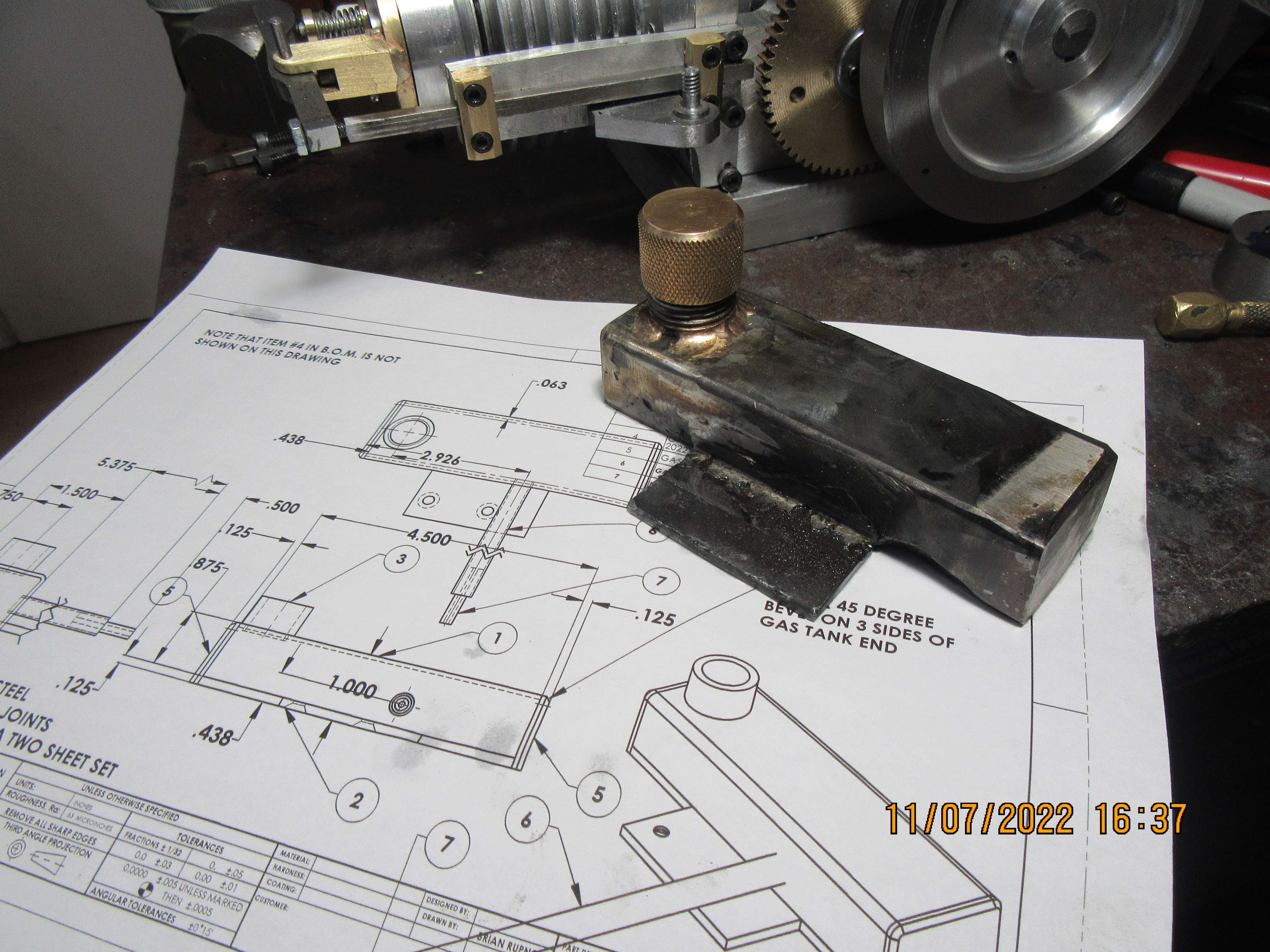2% lanthanated electrodes work extremely well for both aluminum and steels, 3/32 size for general purpose. It is the go-to electrode for most TIG welding.
The other thing is to be sure and remember to switch to AC for aluminum and DC for steel. I have forgot on more than one occasion and it reminds you real quick.
The other thing is to be sure and remember to switch to AC for aluminum and DC for steel. I have forgot on more than one occasion and it reminds you real quick.







































![DreamPlan Home Design and Landscaping Software Free for Windows [PC Download]](https://m.media-amazon.com/images/I/51kvZH2dVLL._SL500_.jpg)





















